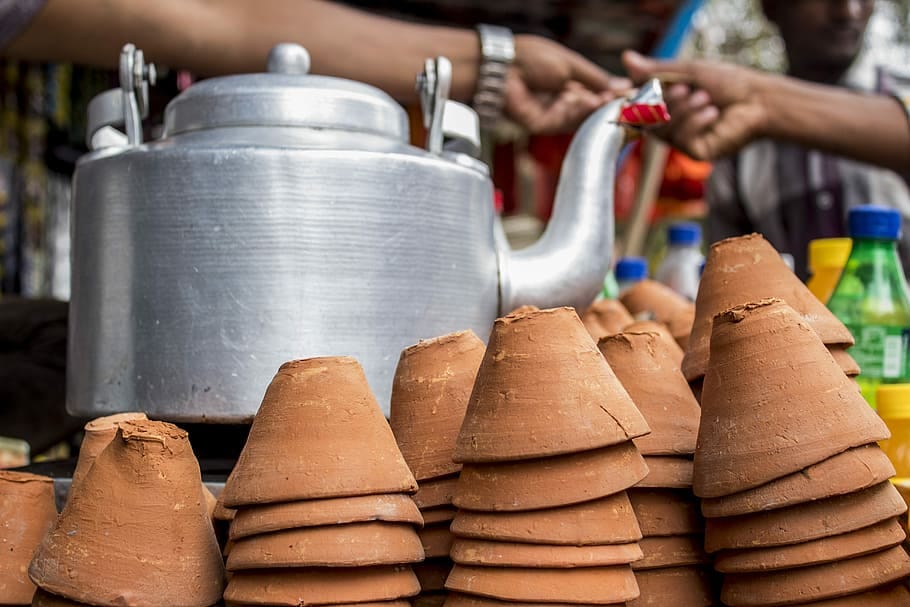Good morning and happy Monday!
Here’s a selection of stories to watch this week, plus a pinch of my confidential intel to help you anticipate what may come next.
Last week you helped overshoot the goal of adding 30 new sign-ups to the Lights On family - thank you!
Now is your chance to shape the next chapter. By September, I am going to introduce a membership option with extra content and research for paid subscribers. In the coming weeks, I am going to send out occasional questionnaires to help me shape what the membership offer will look like. If you’d like to take part just let me know by replying to this email. And if you feel particularly generous, you can also make a small donation:

Image credit: Wallpaperflare
Race to zero
There are many reasons to love Indian trains - they offer a genuinely affordable alternative to planes for many domestic routes, and a train journey’s emissions are a fraction of that of a flight. Last week’s big news adds another reason to choose the train over planes and cars: Indian Railways, the government owned national railway system, is set to achieve net zero emissions by 2030. The plan is to power 900 stations through rooftop solar, and to install 20GW of land based solar plants. The energy generated would be fed into the grid or directly into the railway electrical system.


Carbon neutral oil
A similar pledge was announced last Wednesday by Mukesh Ambani, chairman of the Indian oil and telecom giant Reliance Industries Ltd. The multinational wants to reach carbon neutrality by 2035 by converting emissions into useful chemicals, advanced materials and fuels, Ambani said during a virtual shareholders meeting. Reliance also plans to replace transportation fuels with clean electricity and hydrogen. “We will build an optimal mix of reliable, clean and affordable energy with hydrogen, wind, solar, fuel cells and battery," Ambani said, adding that “The New Energy business based on the principle of Carbon Recycle and Circular Economy is a multi-trillion opportunity for India and the world.”
Hydrogen revolution?
Reliance is not the only company currently exploring the potential of hydrogen as an alternative to other clean energy sources. Indian Oil Corporation, the government-owned oil and gas company, is also exploring technologies for the production of hydrogen starting from existing industrial processes. Signals from the industry add weight to the predictions on the potential of the hydrogen sector in India, which according to The Energy and Resources Institute (TERI) in Delhi could grow by up to 10 times by 2050.
Hydrogen is also a new priority area within the US-India Strategic Energy Partnership, which launched a public-private Hydrogen Task Force to help scale up technologies to produce hydrogen from renewable energy and fossil fuel sources.
Solar, made in India
ReNew Power, India’s largest renewable energy company, will start manufacturing solar cells and modules in India, investing between 15 and 20 billion rupees ($200-266 million) in setting up a facility with an initial 2GW manufacturing capacity, a strong endorsement of the PM’s call for a ‘self-reliant’ (Aatmanirbhar) India. However, the company has yet to disclose the location of the plant nor the expected efficiency of the modules produced, an important factor if Indian manufacturers want to become internationally competitive.

No FTA, yes to climate action: India-EU summit
The 15th meeting of the two parties, held virtually last week, reaffirmed the commitment to “work towards balanced, ambitious and mutually beneficial trade and investment agreements, opening markets and creating a level playing field on both sides” - but no concrete steps were taken. The issue of trade is an ongoing nuisance between India and the EU, which is the largest source for foreign investment to India, at over $91 billion.
On climate change, the dialogue seems to have been more productive, with some clear action points ahead of the global stocktake in 2023. The cooperation will focus on solar deployment, climate finance, disaster risk reduction, industry transition and more.
Power markets get a makeover
India’s power regulator has proposed a system to harmonise electricity prices across the country’s power exchanges, as part of a broader effort to modernise its clunky electricity market.
Until recently, power procurement contracts between generators were traditionally long term deals, potentially leading to financial losses as the markets fluctuated. Now India is moving towards short term contracts and a real time power market, which will grant much needed flexibility. The new mechanism, called Market Coupling, takes a step further - it will ensure that energy prices are harmonised across multiple channels such as ‘day ahead market’ and real time market. Experts I spoke to say that the upgrade will make the grid operators’ life easy, but the price pooling might be looked at as regulatory overreach against free trade.
Research (from last week’s coverage)
Methane menace - According to a new global assessment, South Asia is one of the three regions that contributed the most to the record growth in methane emissions that occurred between 2000 and 2017. Researchers at the Global Carbon Project observed that this growth path is consistent with some of the most pessimistic climate models, which envisage a potential 3 to 4°C of warming before the end of the century.
Keeping cool - A new report on cooling emissions by the International Energy Agency and the UN Environment Programme finds that in 2018 alone the collective global cooling equipment used up an estimated 3,900 TWh/year, equivalent to 17 percent of the world’s total electricity demand. India, whose demand for cooling is growing steeply by the year, needs to reduce the carbon footprint of the cooling sector now before it’s too late.
That’s all for today! If you are a subscriber, watch out for the story of the week on Thursday. If not, you can sign up below. As usual, you can get in touch with comments and confidential tips by just replying to this email.



